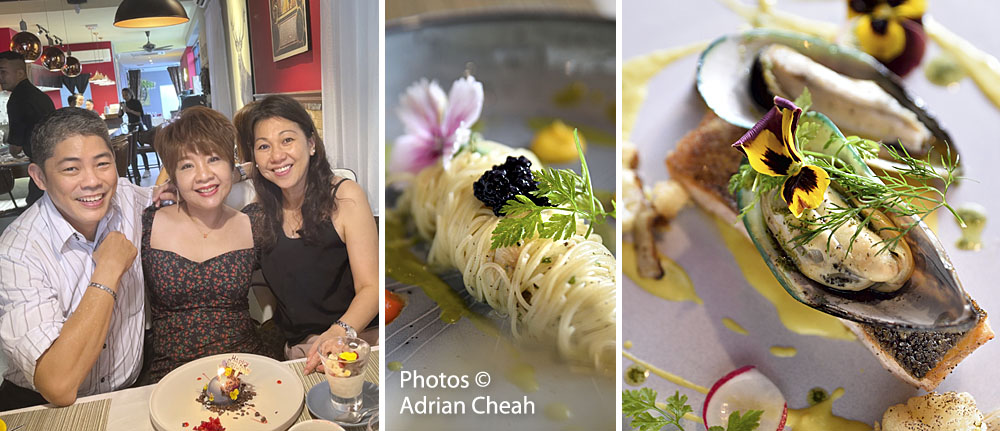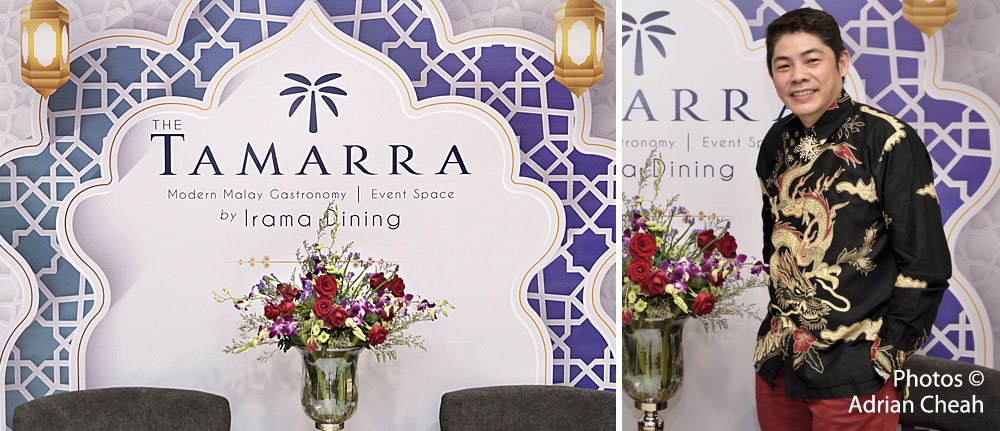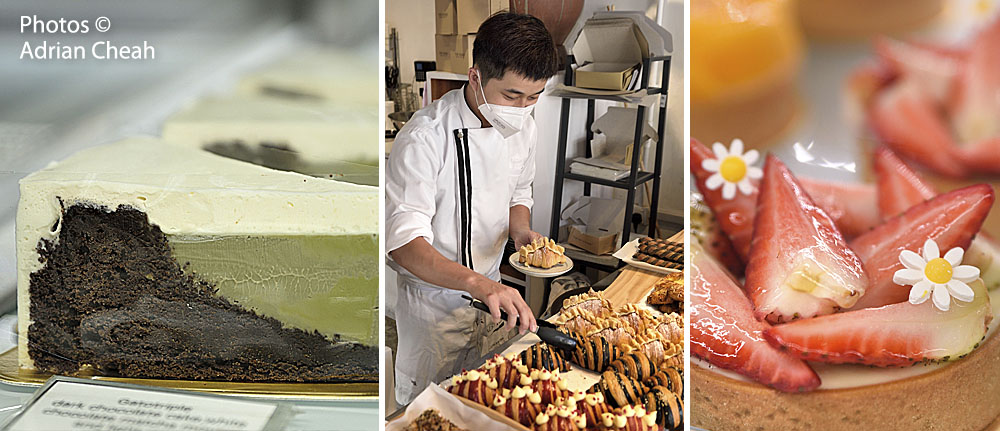Penang ban chien kuih, filled with grounded peanuts, creamed corn and more

Ban chien kuih, a popular street snack in Penang is easily available throughout the state. In Hokkien, ban chien kuih 慢煎粿 (or ban cien koay, ban chean kueh, ban chang kuih or ban jian kway) literally means "slow-fried cake".
Continue Reading
Penang's famous Kim Leng Loh Mee – a magical, gloopy bowl of wonder

The constant stream of customers to Kim Leng Loh Mee in Perak Road indicates its popularity among locals. Located at Joo Huat Restaurant, this famous lor mee stall is only a stone's throw away from the bustling Perak Road morning market.
Continue Reading
Hachiban Izakaya, more than just a typical Japanese pub

Located at Jalan Kelawai, Hachiban Izakaya serves more than just sake and pub grub. "Hachiban" means "No. 8" and "Izakaya" stands for a casual venue to chill out after work for drinks, similar to that of an Irish pub or a Spanish tapas bar.
Continue Reading
The good ol' classic taste of Penang's Hokkien mee

In 1989, Mr Lim Chong Beng, the only son in the family, took over the family Hokkien mee business from his parents when they were too old to carry on. A bowl was then selling for a mere 80 cents.
Continue Reading
A sensationally divine 6-course dinner at Salsas Penang
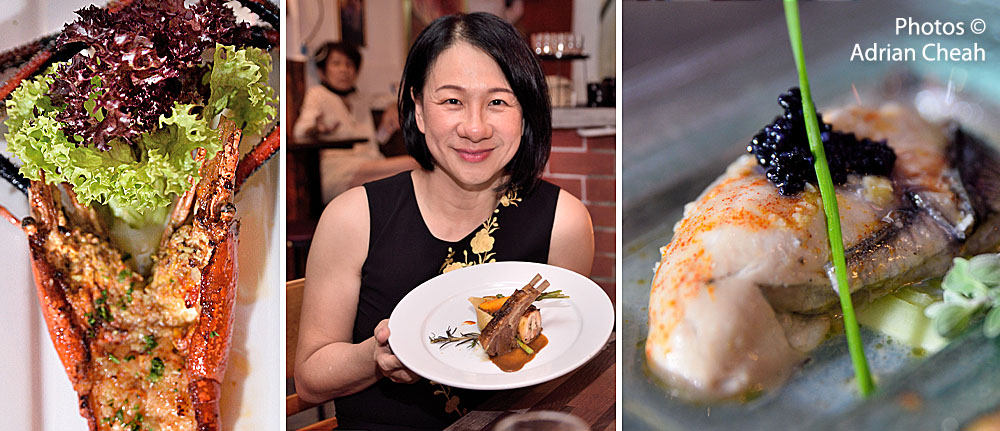
Right off the bat, I have to tell you that I am going to be biased. David Kaw is a close friend of the family for ages and we are all huge fans of his culinary creations. Too many birthday dinners, wedding anniversaries and special occasions have been celebrated at Salsas Penang. And every time, David has taken great care of us making each event memorable.
Continue Reading
EMILY Darling Cafe bakes delectable pastries and indulgent desserts
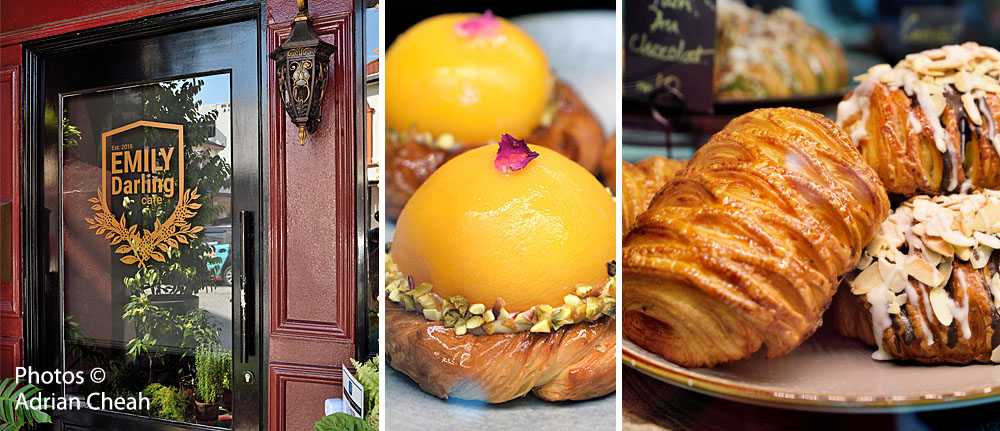
A fortunate stroke of serendipity can lead one down an unfamiliar path to new beginnings. Little did Danny Yeong, aformer optician and Marcus Tan, a graphic designer, realise that by joining a sourdough baking class in March 2021 by Old Man Teh in Kuala Lumpur would lead them to the opening of EMILY Darling Cafe three months later.
Continue Reading
Sutera Restaurant's oriental offerings take flight

When you witness the beginning of a new venture, it is with optimism. Success will follow suit if everything is organised well and executed to the best of one's abilities.
The launch of Sutera Restaurant holds great potential with a winning menu, scrumptious offerings and eye-arresting presentations. The conducive dining deco even has a beautiful mural of a larger-than-life peacock perch on a branch overlooking its diners.
Continue Reading
Edible masterpieces at La Vie en Rose Pâtisserie
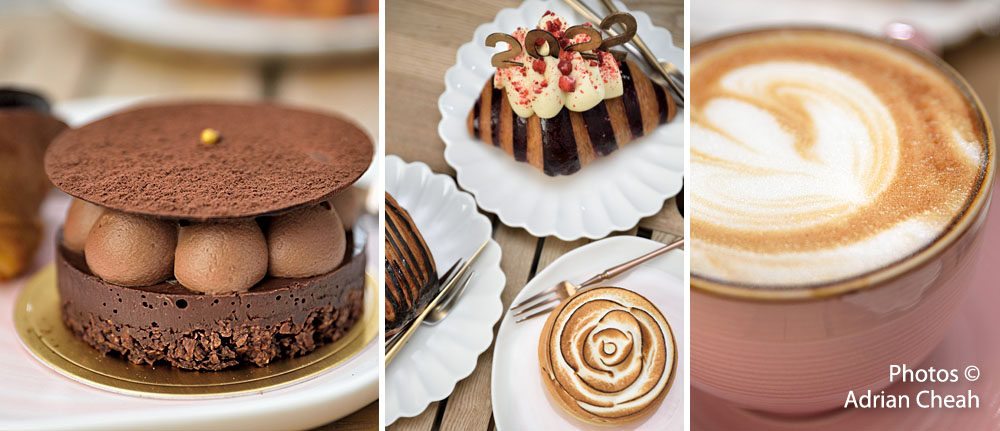
If the name of this pâtisserie sounds familiar, you must have recognised it from Édith Piaf's signature rendition of La Vie en Rose in 1947. This popular song has been covered by a plethora of different celebrities throughout the decades. Although it literally means "life in pink", it is often interpreted as "life in rosy hues", "life through rose-coloured glasses" or "life in happy hues".
Continue Reading
A luxurious omakase dinner at Maple Palace

Dining at Maple Palace has always been a satisfying experience. The elegant 6-course omakase dinner celebrating my 54th birthday was such a delightful encounter. Lavished with priced ingredients, the flavours of the scrumptious feast were top-notch!
Continue Reading
An irresistible dim sum encounter at Bao Teck Tea House

Dim sum ("touch the heart" in Chinese) refers to an array of dainty bite-size snacks enjoyed all over the world, especially among the Chinese communities. In Penang, dim sum is available for breakfast, lunch and even dinner from push-cart vendors, coffee shops, tea houses, restaurants and fine-dining establishments. Although the price difference can vary dramatically, there are many options for one to enjoy dim sum according to one's budget.
Continue Reading
